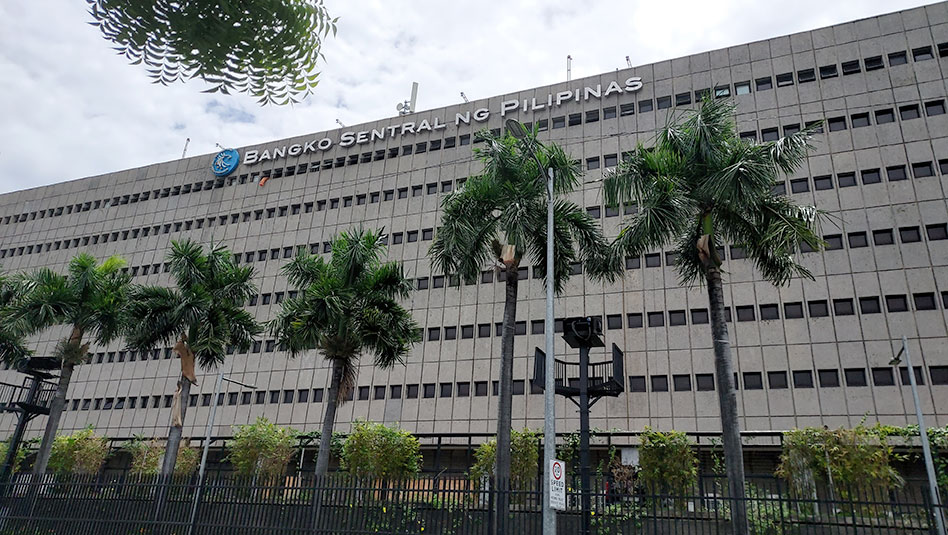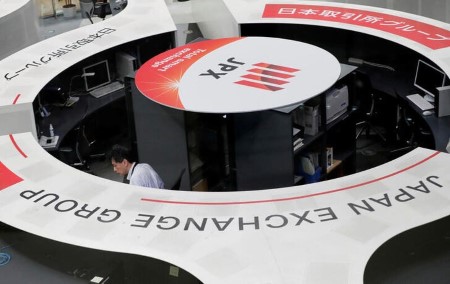




Policy Rate Updates: Closer to BSP’s Goldilocks moment
 DOWNLOAD
DOWNLOAD

Inflation Update: Speeds up but remains below target
 DOWNLOAD
DOWNLOAD

Monthly Economic Update: Fed back on track
 DOWNLOAD
DOWNLOAD


Clarion call for Bank of Japan clarity

Sept 18 – The Bank of Japan’s policy meeting on Friday is the highlight of the week in Asia, with speculation rising that policymakers may be much closer to moving away from ultra-loose policy and negative interest rates than previously thought.
Rate decisions and guidance from Taiwan, the Philippines, and Indonesia on Thursday will also be closely scrutinized, while the latest inflation figures from Japan, Malaysia, and Hong Kong are on tap this week too.
Wall Street’s gloomy end to last week – the three main indexes fell between 0.83% and 1.56% on Friday – will cast a shadow over the Asia open on Monday, even though Asian markets ended the week on a far more positive note.
The MSCI Asia ex-Japan Index rose on Friday, lifted by surprisingly strong Chinese retail sales and industrial production figures, ensuring a decent 1.2% rise on the week. That is the third weekly rise in four.
But the steady grind higher in oil prices to new highs for the year is stoking inflation concerns, just as central banks in most developed economies are at or approaching the end of their tightening cycles. Stagflation fears are rising.
After the European Central Bank’s fireworks last week, the euro will be closely watched as a signal for whether the backlash from more hawkish ECB members is gaining any traction with traders and investors.
The euro has weakened for the last nine weeks, its longest losing streak ever. The 5% decline over that period is modest relative to other multi-week spells of depreciation, but nine weeks is still record-breaking. A period of consolidation and reversal is surely imminent.
The flip side of that run – which has more far-reaching implications and affects Asia more – is the dollar has strengthened nine weeks in a row, its longest-best run since 2014.
Again, time for a snap back?
Attention this week turns to the Federal Reserve and Bank of England policy meetings, and in Asia, the BOJ on Friday.
BOJ Governor Kazuo Ueda’s hawkish remarks last weekend seem like a long time ago now. The yen has surrendered all its gains and on Friday slid to a new low for the year at almost 148.00 per dollar.
The 10-year Japanese Government Bond yield, on the other hand, closed on Friday around 0.72%, its highest close since December 2013. The currency and JGB markets are sending different signals, and both will be seeking more clarity from the BOJ on Friday.
Here are key developments that could provide more direction to markets on Monday:
– Singapore exports (August)
– China foreign minister Li visits Moscow
– ECB’s de Guindos and Panetta speak
(By Jamie McGeever; Editing by Diane Craft)
This article originally appeared on reuters.com





 By Reuters
By Reuters